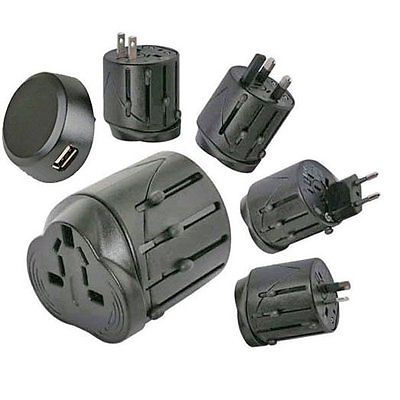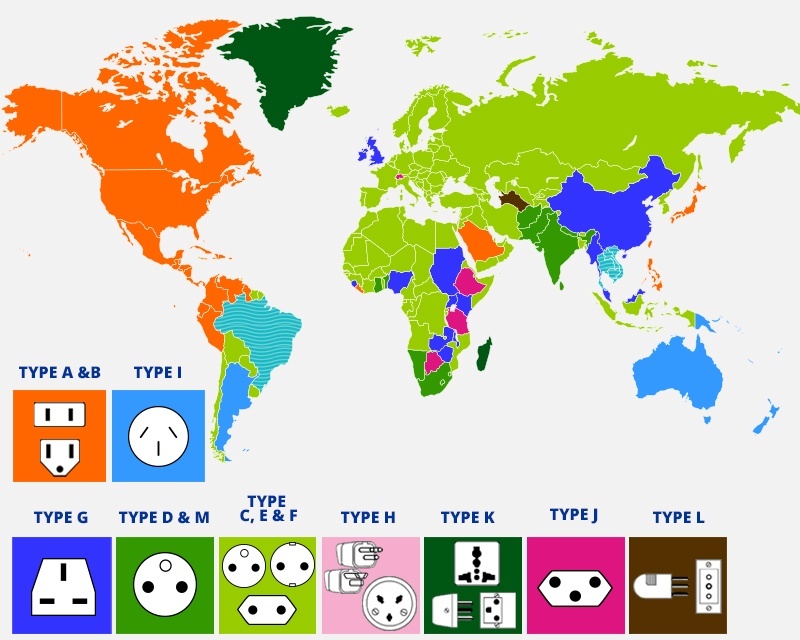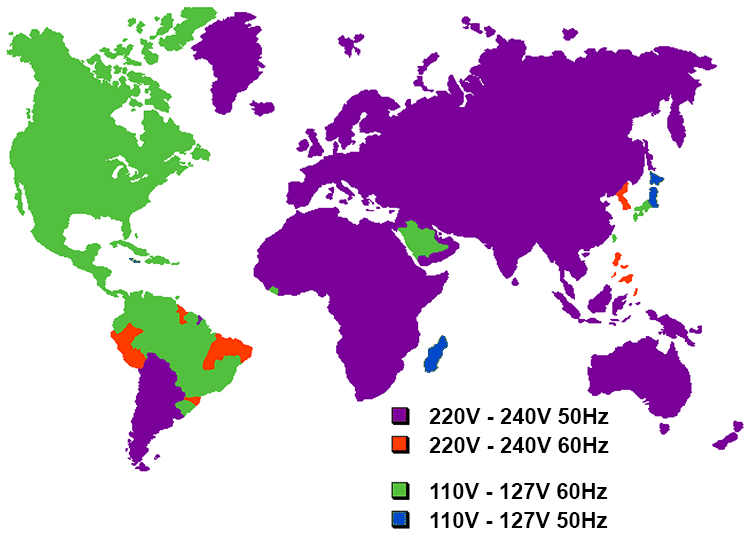Plugging-In Abroad
Cameras, laptops, and cell phones, oh my! With all of the technology you'll be carrying around, it'll be important to keep them charged and ready to go. To put it plain and simple, electrical systems around the world differ, and mainly in two ways: the plug/outlet shape and the voltage. Here's a quick guide for keeping your devices charged while you're abroad.

Adapters will be specific to different regions. One side will plug into the host country outlet, and the other side will look like a standard U.S. outlet. If you will be traveling during your program abroad, check what type of plugs are used by neighboring countries.
A converter can be used to change the voltage of the plug so that it won't damage your device. If you're traveling to different regions, you may need adapters for the converter.
Adapters
Keeping you plugged in, no matter where you are.

When you go to plug in your phone after a long day, your normal charging block that you use at home won't work. The map below shows all the different plug types, and exactly what kind of an adapter you'll need. Hint: you'll need one if you're traveling anywhere on the map that isn't orange.
Converters
Converters can be tricky, but, believe us, it's important to take voltage into consideration.

Generally, U.S. appliances (including hair dryers, electric razors, and straighteners) run on 110 volts, though some gadgets have “dual voltage” where they will run on both 110-220 volts. Usually, the voltage is listed on the device or on the box of the device. When the voltage of the electricity in the plug differs from the voltage of whatever you’re plugging in, it can cause issues—to say the least. If you’ve ever heard someone complain about hair dryers smoking and breaking when they were overseas, this is why.
If you’re worried about how to dry your hair, we would suggest purchasing a hair dryer and straightener abroad—your apartment, homestay or hotel may even have hair dryers available to you.
Some Tips!
